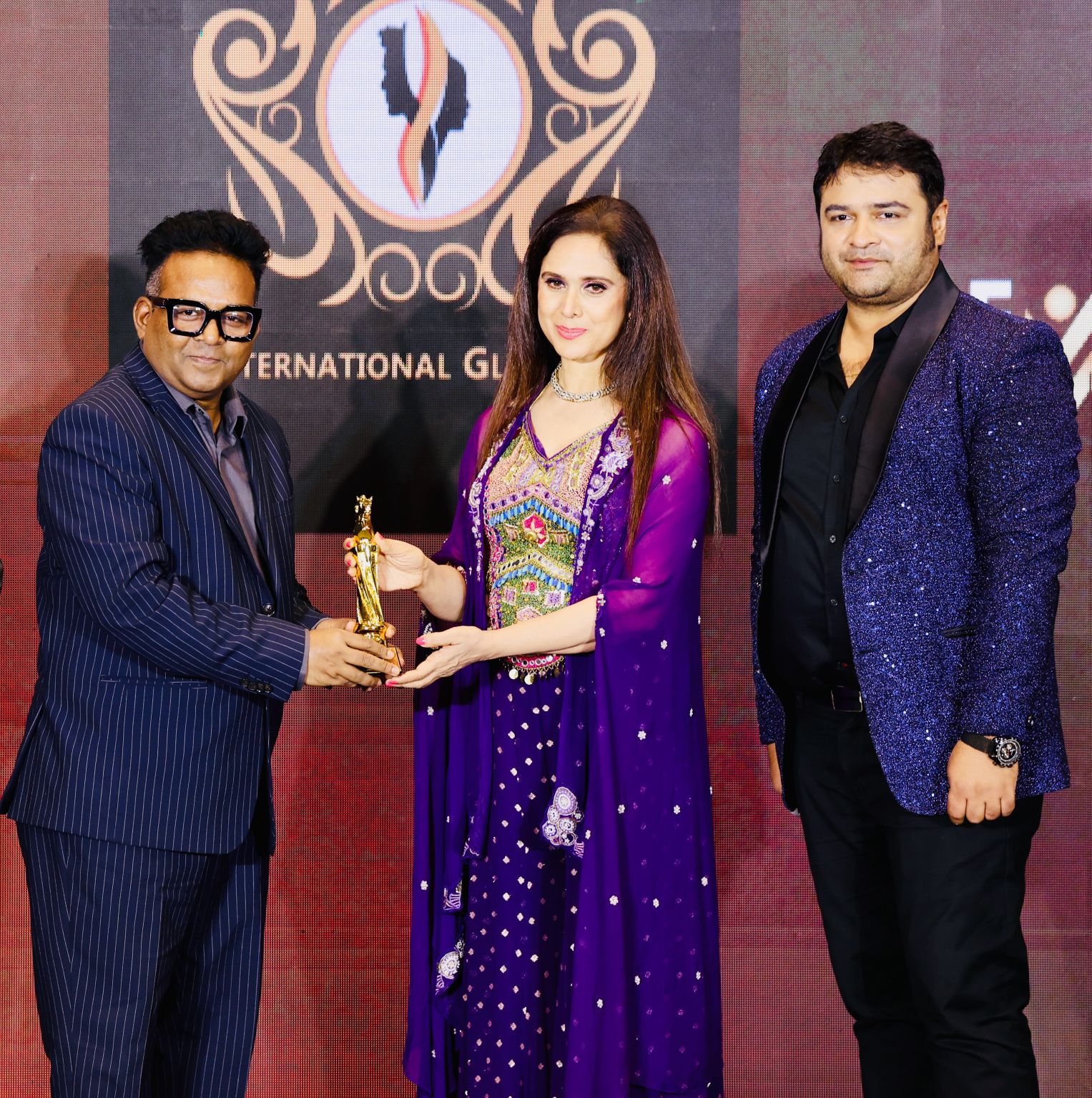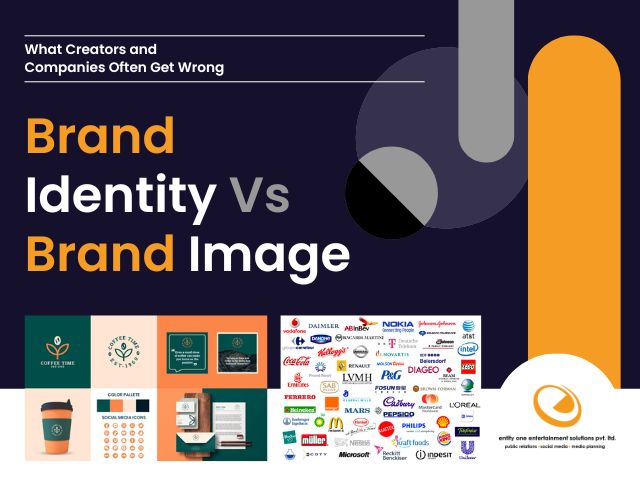Blog
- Home
- Blog

Understanding Media Relations in Public Relations Firms
Building media relationships is essential in Public Relations. Here, we define Media Relations and explain what it implies, with a focus on the fundamental topics surrounding it. We will go over everything you need to know, the reasons it matters, and how to create a Plan for Media Relations.
What is Media Relation? overview and description
So, what is media relations? Building and maintaining relationships with media networks for mutually beneficial corporate partnerships.
Working with the media to positively, consistently, and credibly inform the public about an organization's policies, procedures, and mission is known as Media Relations. Creating mutually beneficial connections with bloggers, journalists, media outlets, and influencers can also be part of the strategy to promote an organization's visibility.
Learning how to build strong relationships with media gatekeepers is essential and should be the top priority for any business trying to use the media to spread its message, as a significant portion of public relations involves working with the media to gain publicity for clients. The reciprocal benefit comes from the relationship you can build over time for both yourself and journalists.
What is the difference between Media Relations and Public Relations?
The goal of public relations is to establish and preserve connections between two or more parties that are mutually beneficial. It is a strategic communications process.
For people who are not familiar with the differences, it can be challenging to distinguish between them. The important things are how they work, who is doing them, and how successful they are judged to be. The elements of PR are numerous. Although a very significant one, media relations is only one facet of public relations. To mention a few more, there are Social Media Communication, crisis communication, community relations, and strategic communications. The organization's goals can be furthered and attention can be obtained through media relations.
The term "media relations" describes your connections to particular journalists, editors, media outlets, etc. However, the relationship (or intended relationship) that a business has with different publics is known as public relations. Public relations exist to advance the narrative. Media relations serves as a means of dissemination.
The volume of placements, features, or articles written on your brand indicate the success of your media relations campaign. There are a lot more measures in PR. These could be shifts in the general public's perception, levels of participation, or product sales.
Importance of Media Relations?
Effective media relations are essential for creating Brand Awareness. This is due to the possibility of spreading your message to a huge audience. Print and digital periodicals, newspapers, podcasts, radio, and television are examples of media. Making an appearance on one of these platforms might provide you with the legitimacy you need to either sustain or grow the attention and interest you receive for your work.
Public relations are crucial for your upcoming undertakings as well. By fostering more connections, you can use these for exposure and promotion in the future.
In times of crisis, media relations are also advantageous. Having good ties with people in the media can help ensure that the public receives timely and accurate information, minimizing potential harm.
What is the process of developing a media relations strategy?
A media relations plan is the method and techniques you employ to interact with the media and establish valuable partnerships. Any organization that depends on the media to spread its message has to have a media relations plan in place.
The following are some ideas for developing this relationship:
Identify your target audience.
Start your media strategy with one question: 'Who is my audience?' Identify them and the platforms they use. Target the right outlets for maximum impact. For instance, Instagram might not be ideal for older demographics. Opt for outlets with the right audience and widest reach.
Decide how to connect with your audience.
Once you know your audience, tailor your approach. Understand their interests and preferred content. Reach them where they are - online forums, social media, or vlogs for digital products. Optimize your online content for search engines (SEO). Use visuals like images and videos to make your media materials appealing, especially on social media where visual content grabs attention.
Choose your media interaction strategies.
Boost Your Presence with Guest Blogging: Reach new audiences and gain search engine visibility by writing for targeted publications. Engage with local media for easier coverage and build lasting relationships.
Create a plan.
Define your messaging style and frequency. Tailor your strategy based on your goals. Determine how often to communicate with your audience, adjusting for different purposes like product launches or customer relations.
Make interesting content.
Professionals in the media value content of superior quality that is relevant to the interests of their audience. You may tell your narrative more effectively and make it more memorable and pertinent for both your audience and theirs by doing this. A good story can lead to joint coverage projects in the future.
Create fruitful connections
Provide only newsworthy and pertinent content to feed outlets. Companies need PR, and journalists need stories. It's the ideal fit. You will be the first contact on their list if you provide this as per your agreement. You'll also gain the advantage of gaining trust in their readers' eyes, which is what you want. This could greatly enhance your reputation.
Take initiative.
Provide excerpts of your narrative to publications. Utilize Twitter as well to learn about popular subjects in particular regions. Identify pertinent keywords as well. This will help you become more visible online, increase the likelihood that you will be included in larger discussions, and gain media attention. Your chances of this will rise even more if you do this in specialized fields. It's critical to keep in mind that proactive outreach is necessary for long-term success.
Offer to help
Offer to help with any questions or concerns they may have. Give them a press kit, high-quality photos, and useable straight quotations. Provide them with a brief synopsis that highlights the main ideas of the narrative. Make it fit them and their target market. Finally, post on your Social Media.
Examine the outcomes
It's critical to keep an eye on your strategy and channels over time. Strategic and responsiveness are the keys to successful media relations. Based on the data you gather, modify your media relations strategy accordingly, and be prepared to make ongoing tactical adjustments for optimal outcomes.
Make use of your connections
Make a list of the media connections that will be most helpful to you. Distribute press releases, brief newsletters, and other noteworthy updates. However, avoid giving them too much information.
A relationship like that might even allow you to mention or make references to them by name, which would greatly increase your credibility.
Checklist for Media Relations
Today, managing media relations can be challenging. Excellent media relations are made up of numerous components. We have compiled a list of potential considerations for you.
-
News Notification
To get them, you can register. There are many different channels and topics available. Find out what's in the news and what other people are talking about. It's important to stay current to stay relevant.
-
Alert for Keywords
Maintaining your finger on the pulse is made easier by setting up keyword alerts for particular sectors and locations. Examine the frequency of use of industry buzzwords and use them in your writing.
-
List of Contacts
List the precise names of your contacts along with any helpful publications you may have. It's crucial to keep in mind that people shift positions inside companies or even quit their careers. Make sure that this is current.
-
Planning Calendar
Make a Calendar schedule to implement your well thought out media approach. This serves as the who, what, how, and when of your media relations. This lessens the possibility of anything being overlooked and of impromptu, poorly thought-out additions at the last minute.
-
Press Release
Contrary to common opinion, a well-written and interesting news release is one of several components that comprise a public relations plan. Maintain a press kit at all times. including information to share, statistics, high-resolution photos, and contact details.
-
Pitches to the Media
It's critical to present media outlets with captivating and readable information. It must be clear and pertinent to the intended audience. Backlinks to your website and mentions of it are the advantages of this. Having templates on hand for different concepts or narrative vantage points could be useful. When using, don't forget to adjust them appropriately.
Conclusion
By this point, hopefully, you should know what media relations are, how they differ from public relations, and how they work together. A small but crucial component of public relations is press relations.
You may differentiate your company from the competition by establishing mutually beneficial and long-lasting partnerships with the media through thoughtful preparation and strategic techniques. Do you need assistance with media relations? Let's discuss what we can accomplish for you. To find out how our team can help you achieve your goals, get in touch with us today. Entity One Entertainment Solutions Pvt Ltd. is Best Public Relation Service Provider Agency.

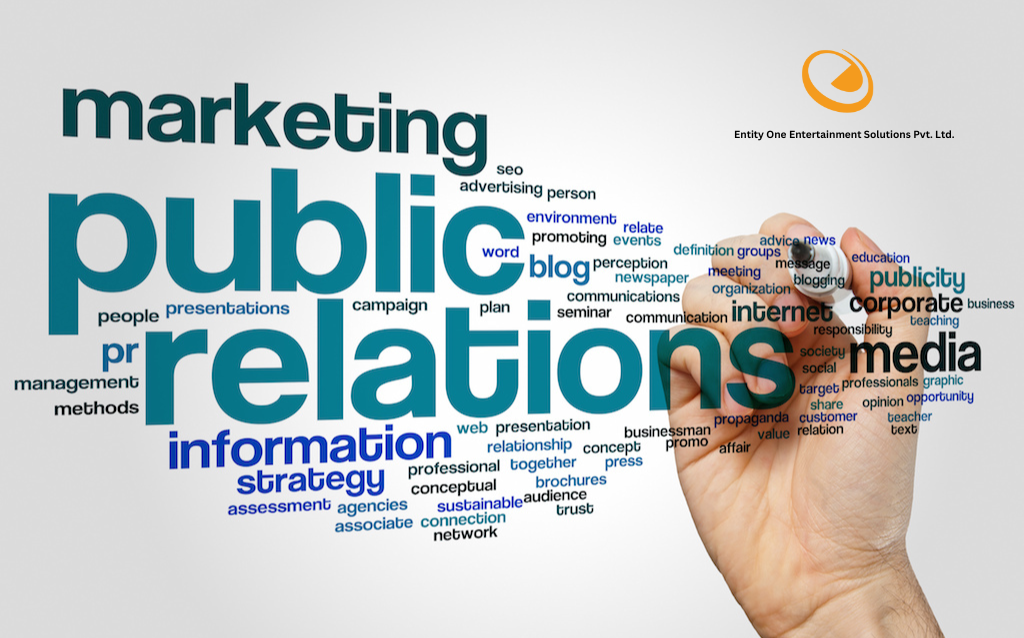
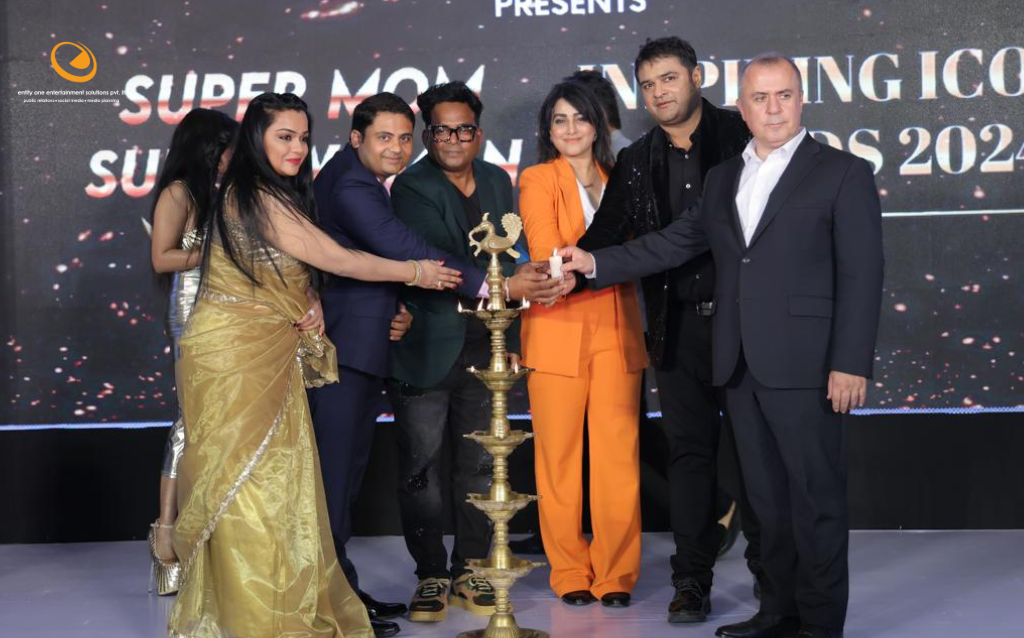

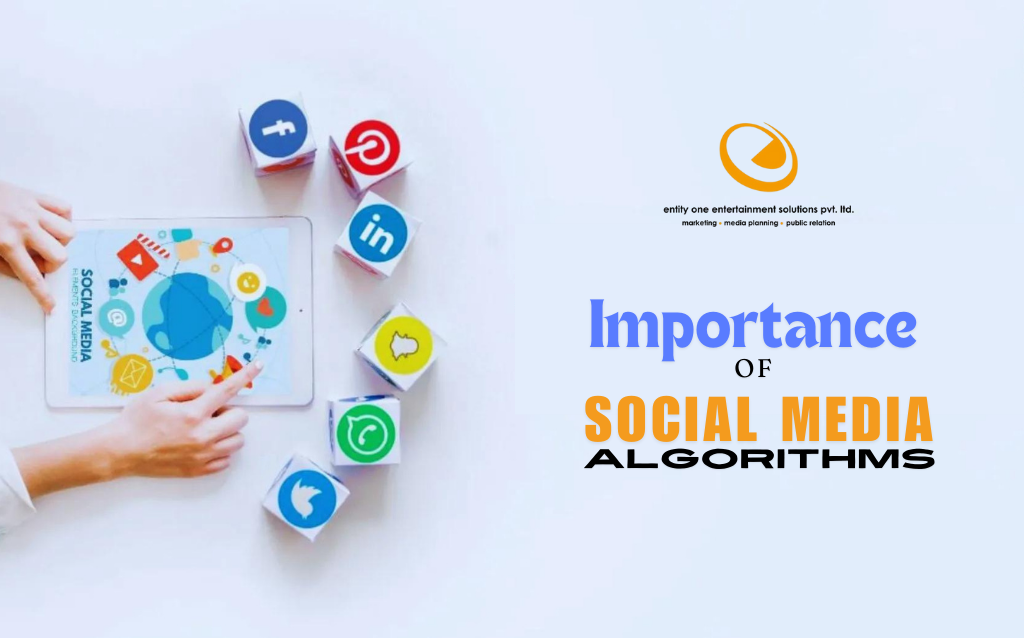
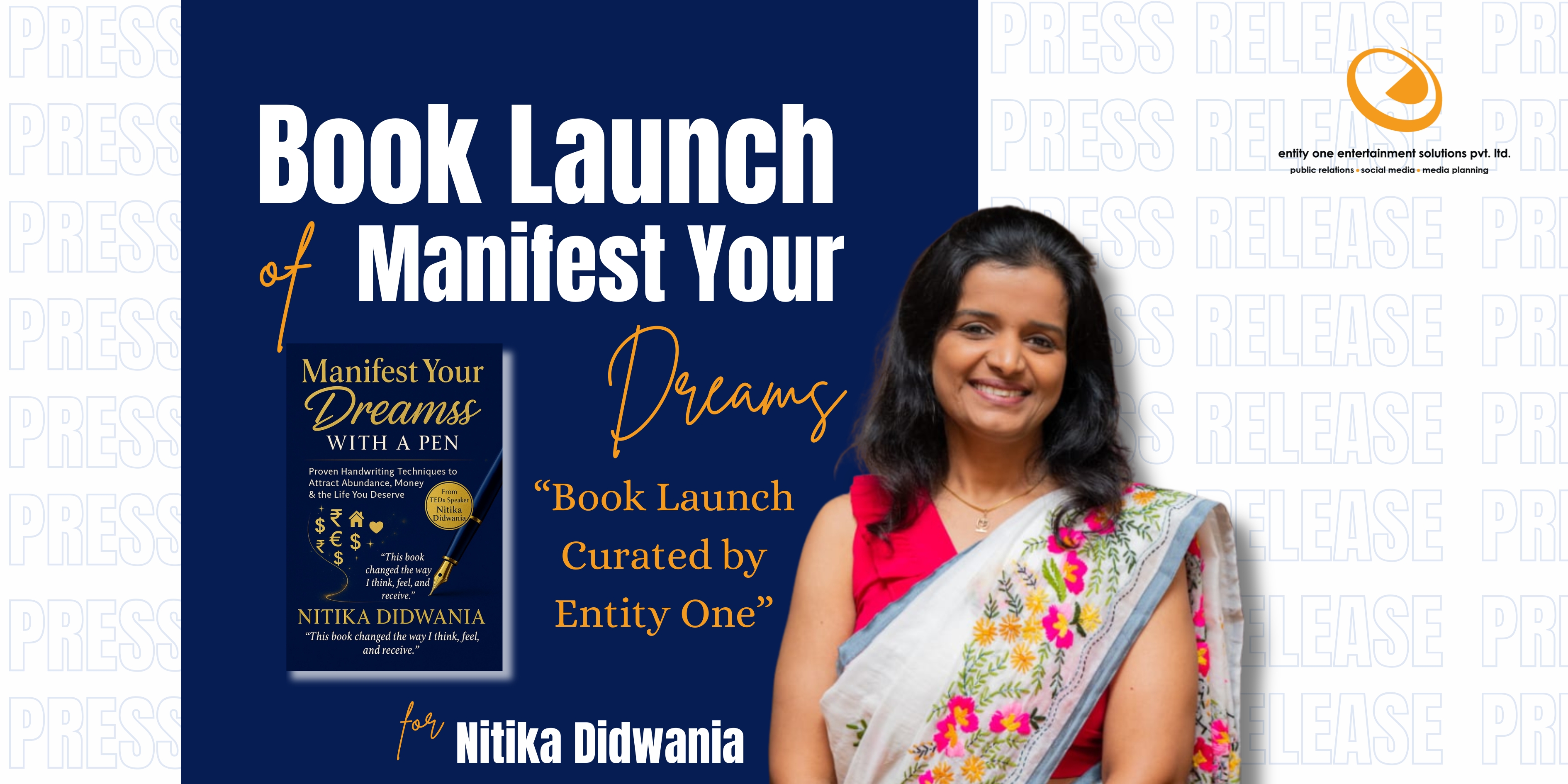

.jpg)
